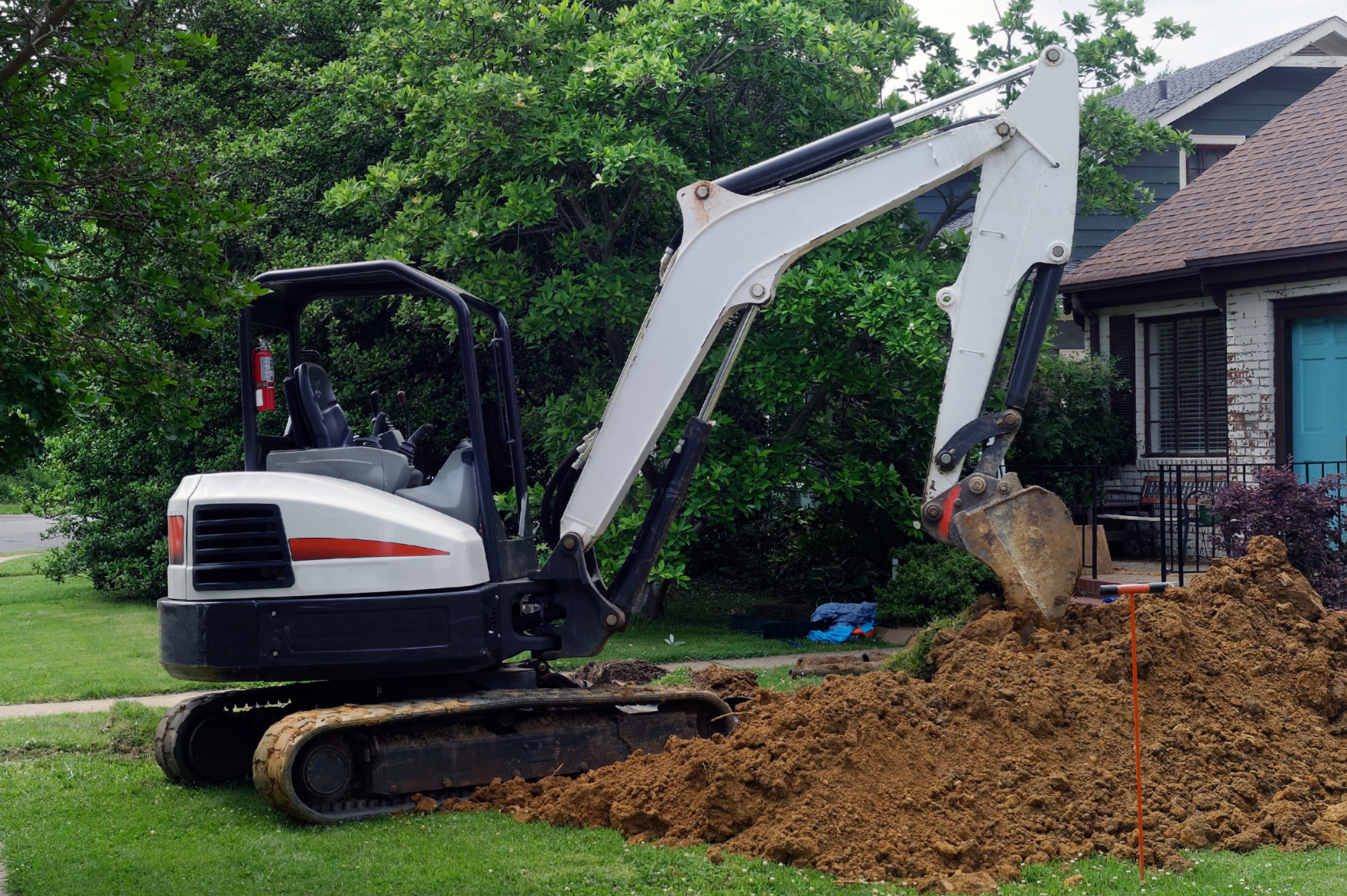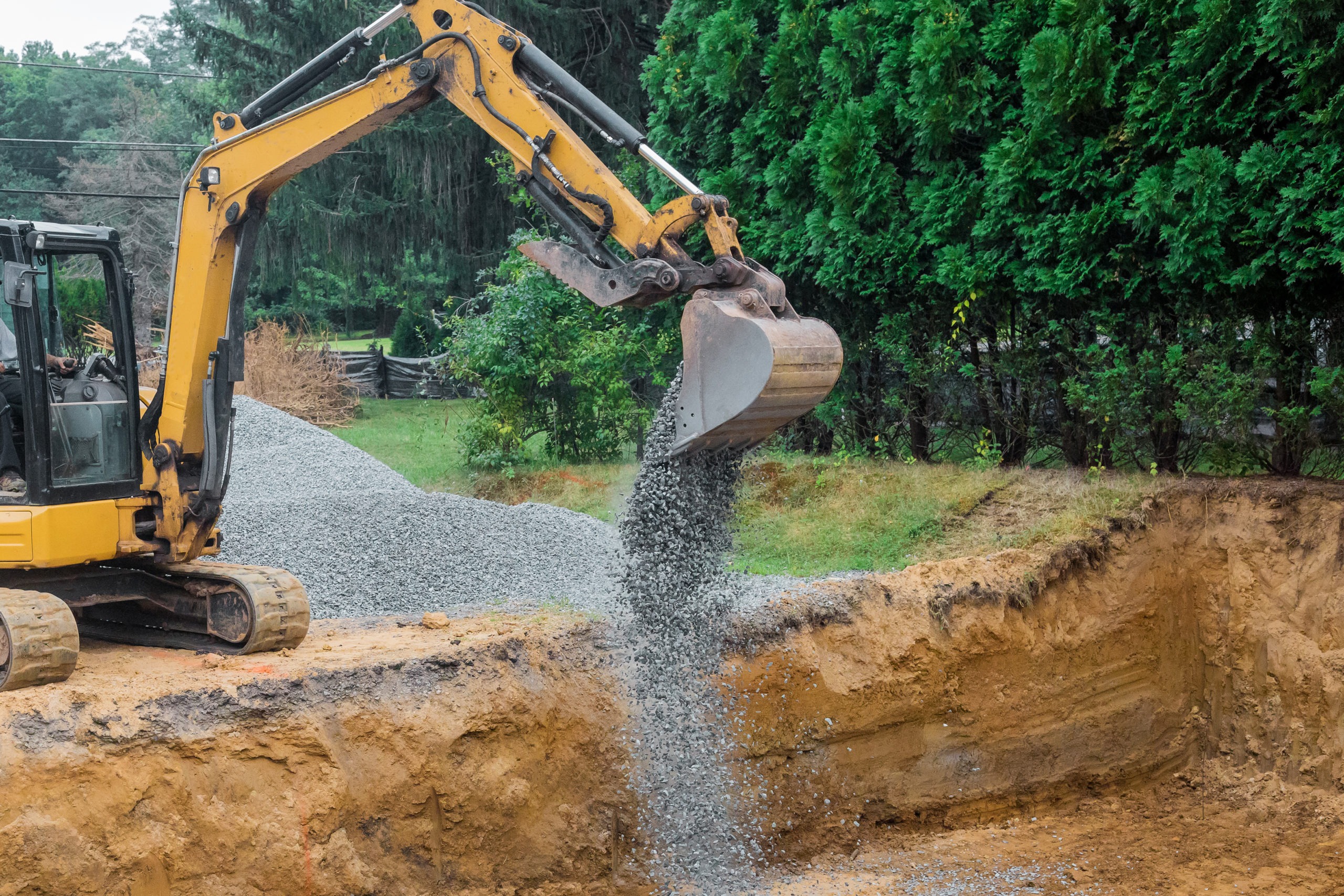Digging goes back as far as human history. Thus, you could say that working underground isn’t anything new. Despite it being practised for a long time, it still doesn’t eliminate the fact that digging comes with certain risks and dangers.
It might not seem like it, but there’s an entire system underground that plays an important role in how goods and services are delivered to consumers. For instance, most energy resources are transferred from one location to another through this underground system. So, you can see how crucial it is that no damage should be inflicted. Fortunately, technology has a way of avoiding these accidents through non-destructive digging. To make various industrial processes safer, experts also recommend using a high-quality vacuum pump.
View here to learn more about soil pumping.
What Is Non-Destructive Digging?
Instead of using any of those heavy-duty ‘handheld tools’ like a jackhammer, non-destructive digging (NDD) is exactly what the name implies. Here, you’ll see contractors using water or air to remove any material to carefully expose subsurface utilities. In doing so, NDD minimizes any damages and work-related accidents that might occur. It’s easily the best solution for accomplishing careful tasks like repairing damaged underground utilities such as gas lines, cable, telephone lines and water service.
Other than safety, this method is also recommended because of its efficiency in exposing buried infrastructure. Since they have full control over where the vacuum should be aiming, accuracy is right at their fingertips. If you visit the website of excavation companies such as Non Destructive Excavation Australia, you will be able to clearly see how they can professionally and easily complete excavations projects using water and air that traditional excavation can’t.
What Are The Two Types Of Non-Destructive Digging?
As mentioned earlier, NDD can use either air or water, which are called vacuum and hydro excavations, respectively. If you’d like to learn more about them, here’s what you need to know:
1. Vacuum Excavation
Although it might sound impossible, vacuum excavation utilizes air at high pressure to excavate. Here, a pump will be used to control the direction of the air. Since it’s running at high pressure, it could easily break down and loosen the earth. Once the soil is broken down, the air direction is changed to suction any debris and have it stored in the tank. Therefore, cleaning up the worksite is done quickly and thoroughly.
Although highly-pressurized air is used using this method, it might not be too effective for harder soil types. Expert contractors will first make sure what kind of soil the site has before commencing the work. If it’s soft, then it should qualify for vacuum excavation. If not, contractors usually recommend hydro excavation.
In addition, contractors doing this method of excavation usually wear personal protective equipment (PPE) for respiratory protection. Because of the strong vacuum, dust can be picked up easily while it breaks down the earth. Thus, possibly triggering those with breathing problems.
2. Hydro Excavation
On the other hand, hydro excavation uses highly pressurized water. Compared to vacuum excavation, pressurized water cannot be stored. Thus, special trucks are engineered to transport thousands of liters of water to the worksite.
Attached to these trucks are hoses that let out powerful jets of water, which could easily break the hardest types of soil into a slurry. And since it’s water, raising its temperature can be done even while it’s inside the truck. The hot temperature can easily melt away frozen ground.
However, compared to vacuum excavation, cleaning up the debris using this method is more difficult since dry soil has turned into mud and slurry. On top of that, water could be a limited resource on some worksites. Because of this limitation, some contractors have to be mindful of its usage to complete the project without any delays.
The construction company relied on the expertise of a reputable Sunshine Coast earthmoving service to efficiently prepare the site, ensuring precise excavation and grading for their upcoming project.
3. When Do You Use Non-Destructive Digging?
Since NDD aims for precision and safety, it’s highly recommended for any scenario involving excavation or removal, such as:
- Potholing
- Tree root removal
- Debris removal
- Confined digging
Aside from underground utility repairs, another example is for cleaning out sewage. By opting for NDD, cleaning out sewage would be a breeze. This process hopefully will lower the number of sewage spills happening every year. Additionally, with its equipment capable of disposing of debris afterwards, NDD has the provision for quick clean-ups.
4. Is Non-Destructive Digging Safer than Conventional Digging?
Working underground is a safety hazard. With the conventional method of digging, workers could break rocks without getting a digger truck all the way down there. Shovels and jackhammers can still damage any underground utilities, especially if there’s no comprehensive layout of the system available. So, it’s easy to say that one wrong move could cost a life or a large sum of money. This is also the reason why even handheld devices are ill-advised if used without years of experience.
The thing that you need to understand is that the entire process involves the use of heavy machines. Whenever heavy machines are involved, chances of things going wrong are a possibility. This is why you need to ensure that the machines on your property are from the best brands and are being handled by thorough professionals that know what they are doing. This will eliminate the possibility of anything going wrong on the digging project.
However, NDD doesn’t need anything else. Other than a truck with its mounted accessories, the workers could start with whichever excavation method is most appropriate for the worksite. With little equipment involved, the chances of damaging precious underground utilities are slim, especially for gas lines, water pipes and conduits.
Although the risk is minimized tremendously, device malfunctions and the environment could still be predictable. So, contractors are required to wear the proper safety attire, even while spectating in these operations. Because as mentioned earlier, NDD can still be harmful without PPE, albeit less dangerous than what mechanical excavation could cause.
If you’re interested in the dogging and rigging industry, immediately pop over to these guys to learn more about enrolling in professional Dogging & Rigging Courses and getting your license in no time.
The Takeaway
Digging has played an essential role in furthering society, from the minerals found underneath to the history fossilized on the earth. While this remains constant, the risks stayed as well. However, in recent years, the option for a safer underground operation is now available in the form of non-destructive digging. With the safety and efficiency NDD presents, it is worth considering for your future excavation projects.


